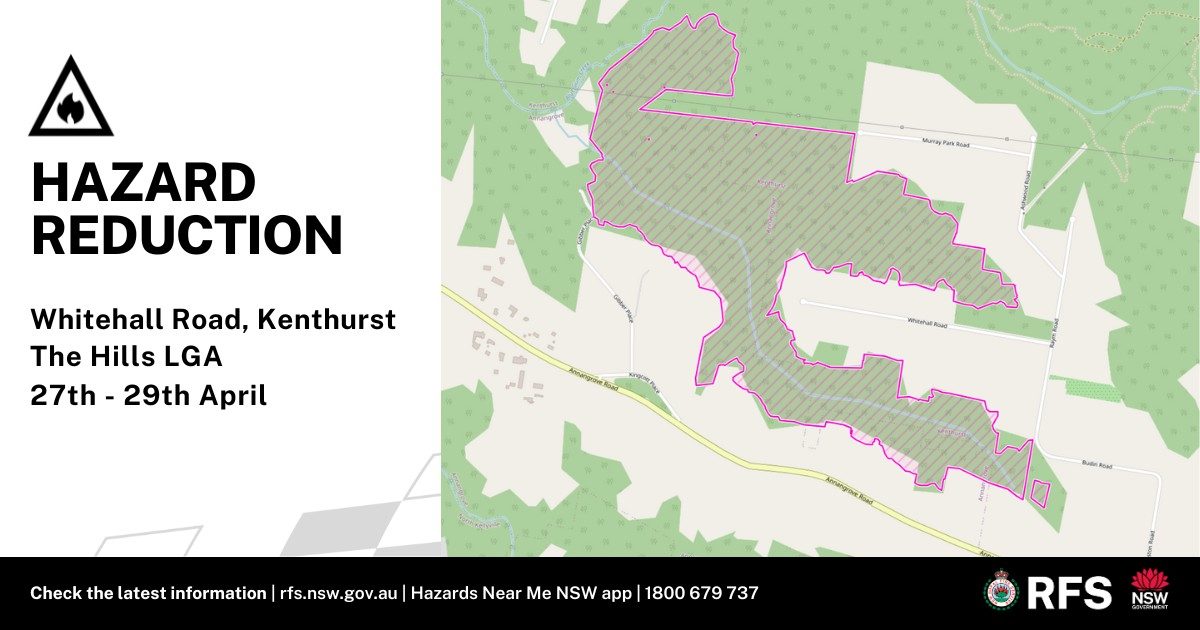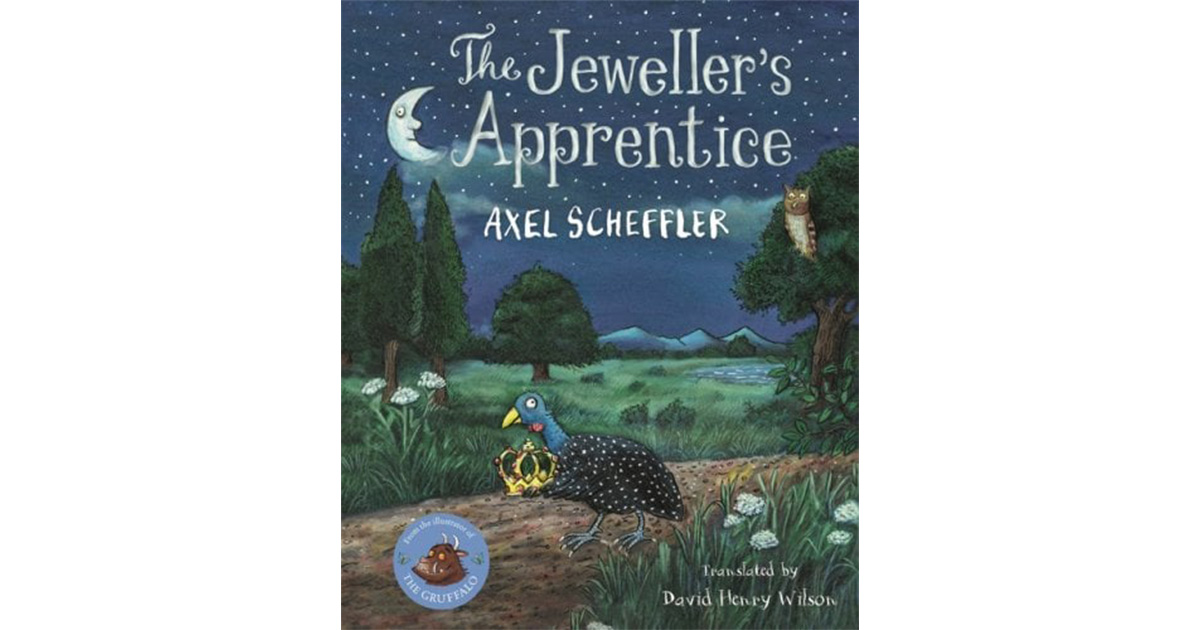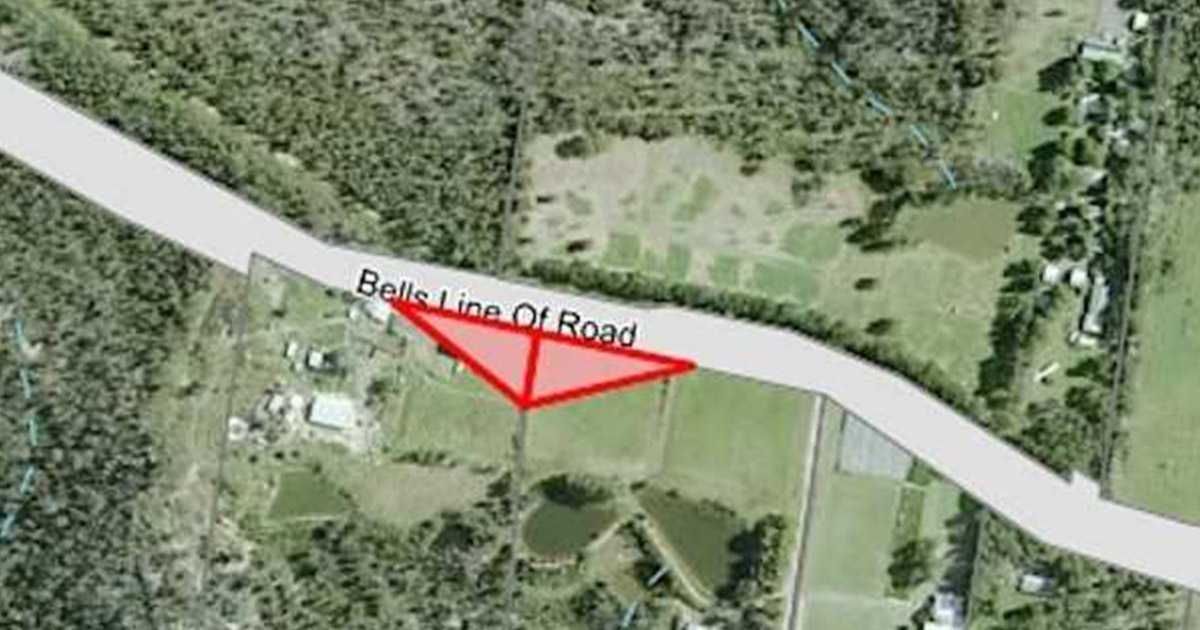A Break-out Event of The Past
During a conversation recently with Castle Hill resident, Marilyn Stoneham, I was reminded of an incident I had written about almost forty years ago in the “Hills TV Magazine”, as this publication was called at the time. I think I also covered it in the, now defunct, “Hills News” around the same period. Marilyn mentioned to me that we are approaching, on 4th March, the 220th anniversary of the short-lived Castle Hill Rebellion.
I have heard also that there is a move to have Heritage Park, at Castle Hill, renamed to commemorate this rebellion as the park sits on the site of the starting point of the event.
This will differentiate Castle Hill Heritage Park from the many Heritage Parks scattered around the country and remind or teach others of a very important historical event in our nation’s development in what is today, a free, independent, multi-cultural modern nation.
It started on March 4t 1804 when a small hut occupied by prisoners at the Government Agricultural Settlement (aka The Government Farm) at Castle Hill, was set alight. During the ensuing confusion, Phillip Cunningham, a convict overseer of the Government Stonemasons, supported by other prisoners, broke into stores where firearms and ammunition were kept.
The prisoners who were mostly Irish rebels, quickly took control of the farm and spread out into the surrounding countryside, hoping to seize the ammunition of settlers and to recruit their convict labourers to the cause.
The rebellion was an attempt by a group of Irish convicts to overthrow British rule in New South Wales and return to Ireland where they could continue to fight for an Irish republic. 
Within an hour of the revolt, the alarm was raised in Parramatta by a constable and others who had escaped from the Government Farm. Captain Abbott, Commanding Office at Parramatta, sent a message to Governor King at Sydney to advise him of the revolt.
Lieutenant Davies and Quartermaster Laycock were ordered to Annandale with a detachment of troops and told to report to Major George Johnston who was to take command and proceed to Parramatta.
The urgency of the crisis caused Governor King to race ahead of the troops reaching Annandale before them, where he awoke Major Johnston and informed him of what had happened. Leaving Major Johnston to await the arrival of the troops, Governor King and his staff proceeded on to Parramatta.
In the meantime, preparations were made to defend Sydney from the rebels, Parramatta and the surrounding district was isolated from Sydney by the military.
Officers, seamen and marines from H.M.S. Calcutta, under the command of Captain Woodriffe, were landed to assist in the defence of the settlement should the rebels attack.
When Major Johnston arrived at Parramatta he split his troops into two groups. One group, under the command of Lieutenant Davies, headed north to Castle Hill whilst Major Johnston’s group headed towards Toongabbie where they were to then head towards Castle Hill.
At Toongabbie, Major Johnston was told that 400 rebels had been sighted at the top of “Sugar Loaf Hill”. Upon reaching the summit he found that they had left and were heading towards the Hawkesbury. With the use of delaying tactics by sending emissaries, he slowed the progress of the rebels therefore allowing his troops to catch up.
Once his troops were close enough to the rebels, he called upon their leaders to talk and listened to their demands which included “Death or Liberty”.
Major Johnston, together with Trooper Anlezark, drew their pistols and put them to the heads of the rebel leaders. With the capture of the leaders, Major Johnston then ordered his troops to advance. Firing commenced from both sides until the rebels broke and fled. In the following pursuit 15 rebels were killed and six or seven wounded.
The final battle between the rebels took place near Rouse Hill and was named “The Battle of Vinegar Hill” relecting a battle between Britain and Irish rebels at Vinegar Hill, near Wexford in Ireland, during the war for Irish independence.
Phillip Cunningham was hanged at Green Hills (now Windsor) on March 5th on the staircase of the public store. A further eight were hanged after a Court Martial at Parramatta. Others were put into chain gangs, flogged, and sent to start a new penal settlement at the mouth of the Hunter River (Newcastle)




